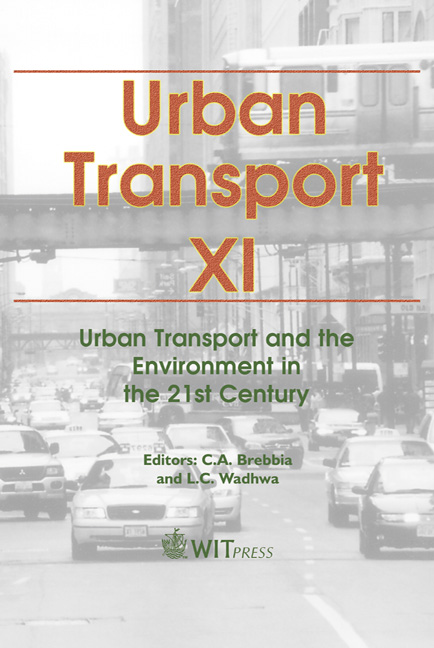Cable-drawn Urban Transport Systems
Price
Free (open access)
Transaction
Volume
77
Pages
12
Published
2005
Size
2,606 kb
Paper DOI
10.2495/UT050031
Copyright
WIT Press
Author(s)
K. Hoffmann & R. Liehl
Abstract
Cable-drawn transport systems have been in use for a long time for passenger transportation, mostly in alpine areas. However, in recent years these transport systems have also been increasingly used in urban areas. In this paper the various structural forms of cable-drawn passenger transportation systems particularly suited for urban transportation solutions are discussed. Particular attention will focus on single- or bicable continuous ropeway systems, funicular railways in continuous or reversible operation and inclined lifts. The function and mode of operation as well as design of these cable railway systems will be described in detail. The possible incorporation in the urban traffic flow will be demonstrated with several of the solutions at present under construction or already in operation with quite diverse systems. Apart from the advantages and disadvantages, the summary will describe the current fields of application and operational limits of the individual types of construction regarding travel speed, route lengths and carrying capacity. Keywords: detachable ropeways, funiculars, inclined lifts, cable cars. 1 Introduction A ropeway is a system for the transport of passengers or goods whereby the passengers or goods in cars are conveyed or drawn by means of a towing device, which are borne by one or more ropes or a track and movement is controlled by one (or two) rope(s). Lifts are expressly excluded. The principle of the cable-drawn transport system was known even in ancient times. As early Chinese historical drawings demonstrate, this principle was already in use very early for material transport. But during the course of the Industrial Revolution, the invention of the steel cable by the German mining
Keywords
detachable ropeways, funiculars, inclined lifts, cable cars.





